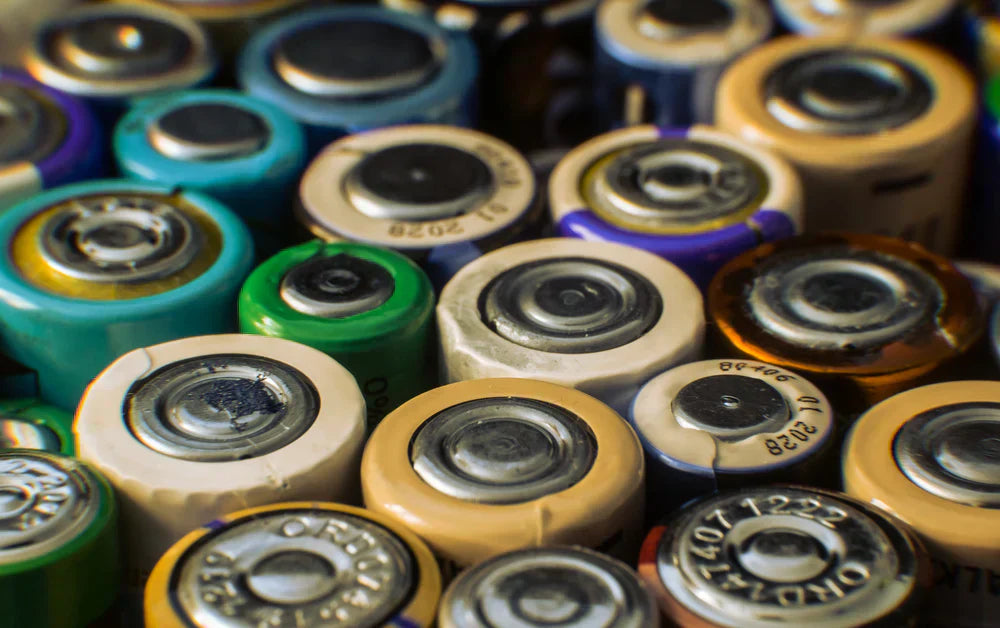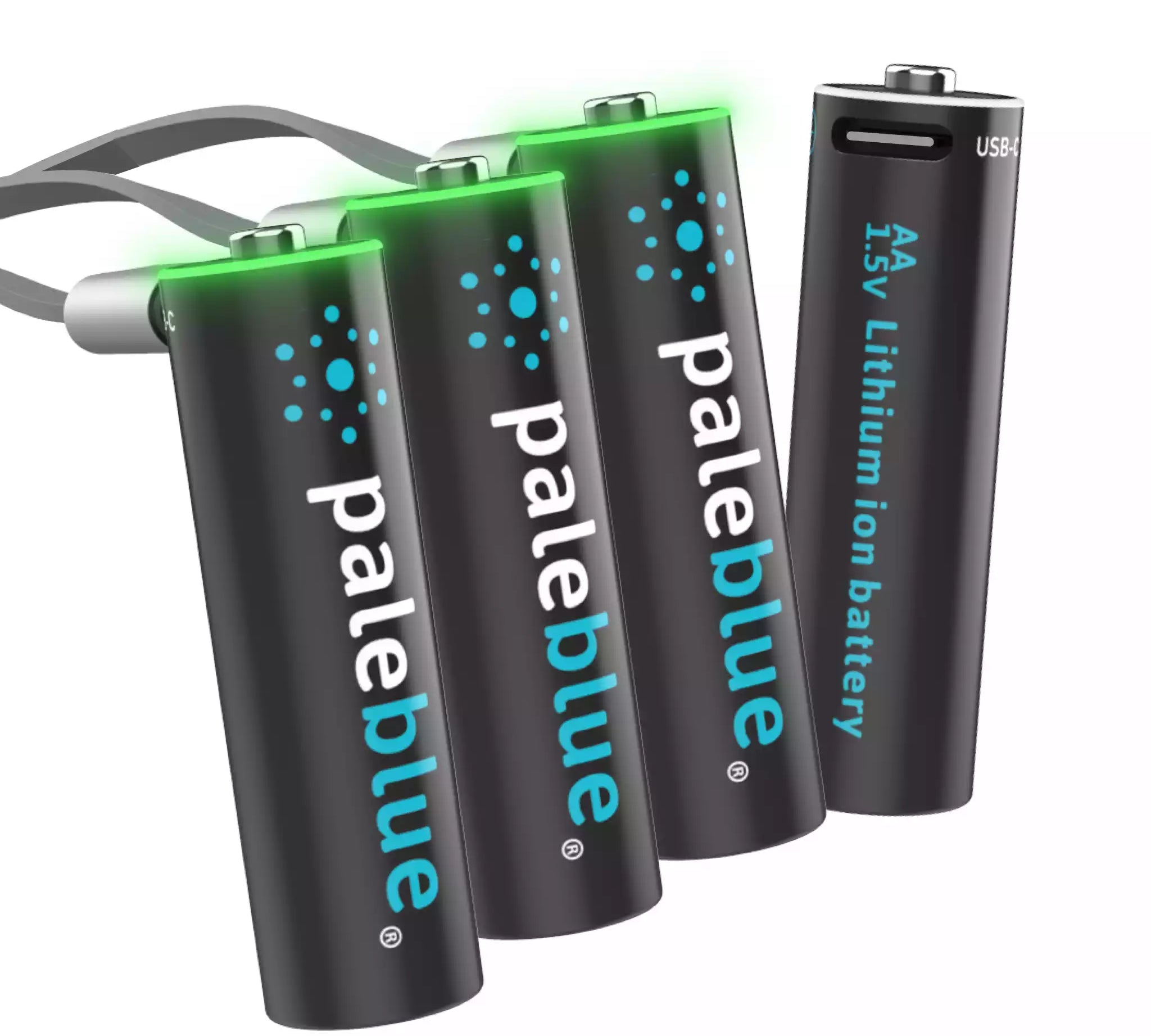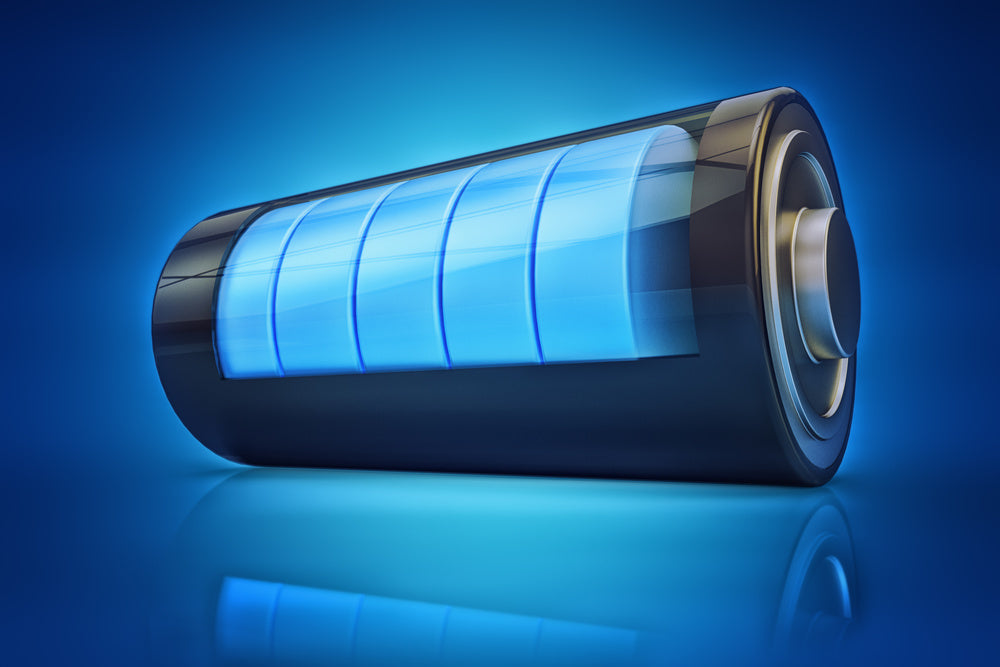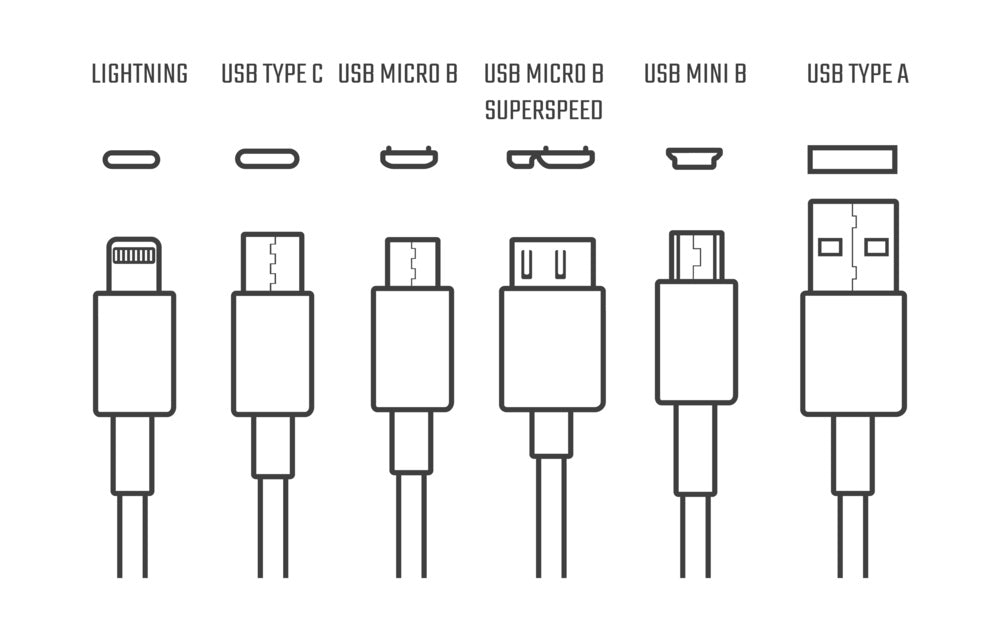Batteries Are Dangerous in Landfills

It is no secret that the team here at Pale Blue Earth is passionate about displacing single-use alkaline batteries with rechargeable lithium-ion batteries. We don't want consumers buying them and all the packaging that they come with. We certainly do not want to see them thrown into landfills (only 5% of alkaline batteries are actually recycled). But that is exactly what happens – to the tune of hundreds of millions annually.
It is true that federal regulations have forced battery manufacturers to retool their alkaline battery designs so that the single-use products would no longer be a ‘toxic’ risk when thrown away. It is also true that engineers have made great strides in reducing landfill-generated pollution. But we still don't want to see alkaline batteries tossed in landfills. Here's why: nothing is perfect.
Rechargeable Batteries Still Contain Chemicals
Batteries of all types still contain chemicals. Chemicals can and often do leach into groundwater. They can cause hazardous conditions buried underneath mountains of landfill waste. Why keep putting the chemicals into the ground when there are better ways?
Our USB-C rechargeable batteries contain chemicals, too. There is nothing inherent to lithium-ion chemistry that spares it this particular downside. But the upside is that lithium-ion batteries can be and are much more often, recycled. Most of the materials contained inside can be recovered and put back into the production stream at a profit which incentivizes the recycling supply chain to collect and process them where as alkaline take more money to recycle than the materials recovered are worth.
Alkaline batteries do not get recycled because there isn't enough value in doing so. The materials within are less valuable in the materials market, making spent batteries little more than chemical garbage. Every time a consumer purchases a single-use battery, they are purchasing a piece of trash for all intents and purposes. Another way to look at them is an expensive single use vessel that carries a very very small amount of electricity. Using Utah power rates, we calculated the value of the electricity in an AA to be 1/20th of one penny – a surprising result even to us.
Landfills Are Better Than They Were
Moving on to landfills, they are a lot better today than they were 50 years ago. Engineers have successfully implemented two tactics to reduce pollution. The first is deploying clay liners. A quality liner, when combined with good design and proper engineering, can prevent most leaching.
The second tactic involves installing two types of pipes that run through each layer of trash. The first type is a water pipe that drains off rainwater and condensation and channels it to a pump station where it can be extracted and safely dealt with. The other type captures methane produced by anaerobic activity within the trash heap.
Modern landfills are designed to prevent leaching and methane pollution. They are also designed to be filled in layers, with each layer divided by an additional layer of soil to account for decomposition and settling. The result is being able to bury more trash in the same amount of space, thus reducing the need for new landfills. But again, nothing is perfect.
It’s worth noting that landfills say it’s ok to toss your single use because the EPA says they don’t contain toxic chemicals, but only in dilute amounts. You can’t dispose of a lot together, which is since toxicity is measured by concentration, more batteries together is actually toxic whereas less together is not. Since the EPA and landfills say single use are not toxic (with that caveat), the battery companies have been able to tell customers it’s ok to toss their batteries in the trash, effectively outsourcing the end-of-life costs and management of billions of batteries per year to the landfills and local taxpayers.
Still Not 100% Contained
Despite improvements in landfill engineering and design, landfills are still not 100% contained. Some leaching can still occurs. That means chemicals from batteries can still find their way into groundwater and soil. Likewise, some amount of methane is still released into the atmosphere. Capturing all of it is, of course, impossible.
We understand that landfills are a necessity. Human beings produce waste, and that waste must go somewhere. On the other hand, we produce a lot of waste that could otherwise be avoided. We do not have to throw tens of millions of alkaline batteries in the trash every year. Just making the switch to rechargeable lithium-ion batteries would have an enormous impact on battery waste.
We are on a mission to completely replace alkaline batteries with USB-C lithium-ion rechargeables. Will we ever succeed? We are hopeful, especially with advancements in battery technology which improves performance and reliability and saves the customer more money and waste. Will you join us on this mission by committing to replacing all your alkaline batteries with lithium-ion products? We think you'll be glad you did.







